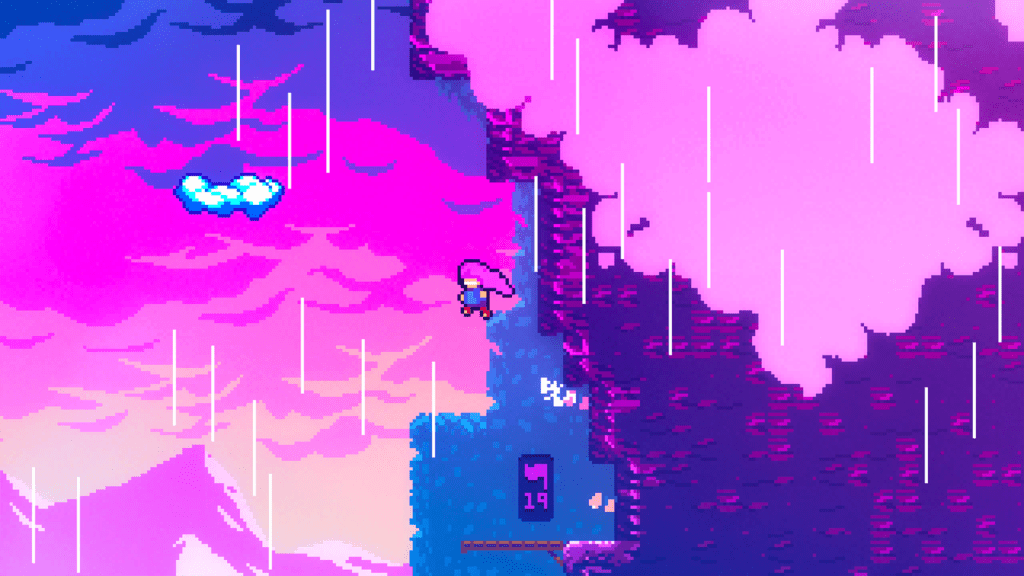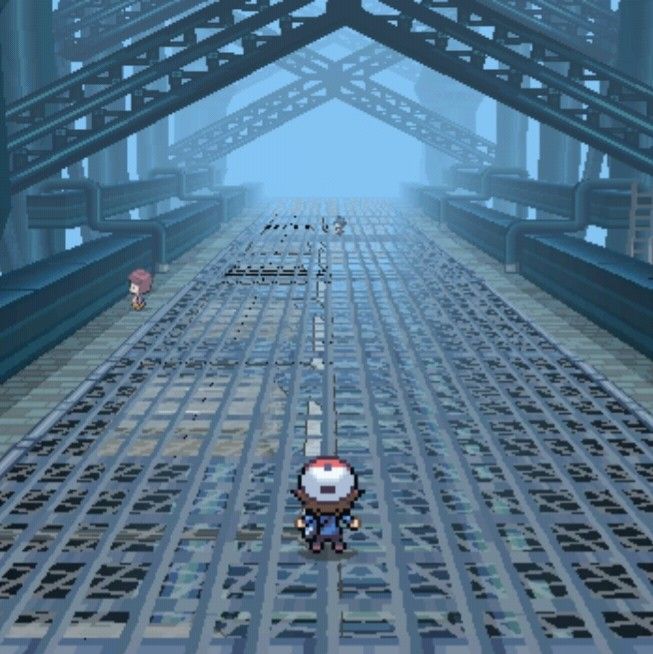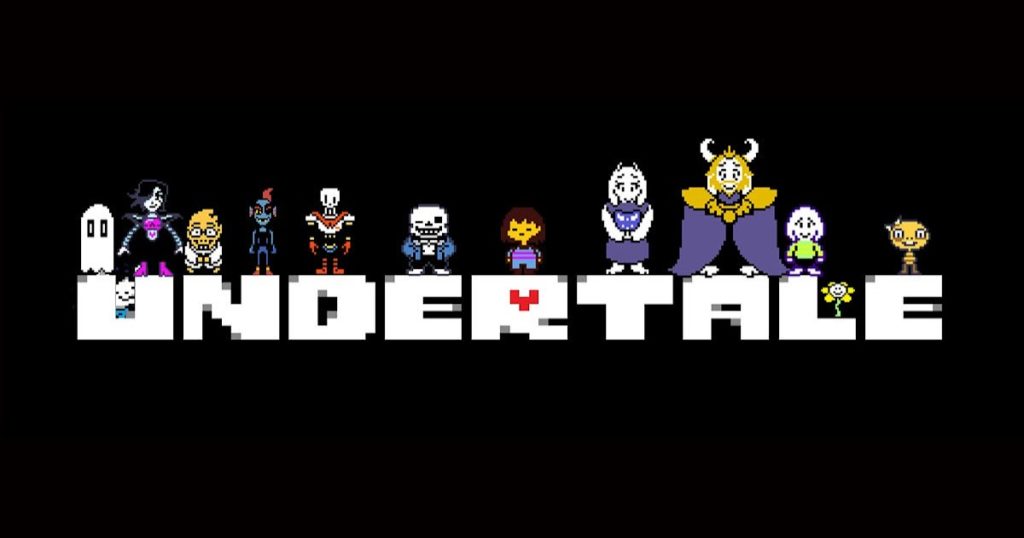In the landscape of video games, there’s a remarkable trend that’s been gaining momentum over the years—simple character design. This design philosophy, often centered around minimalism and streamlined aesthetics, has become a powerful tool for developers.
The idea of simple character design has proven to be not only visually appealing but also highly effective in enhancing gameplay and storytelling. In this article, we’ll delve into the world of simple character design in video games, exploring its significance, key characteristics, and the impact it has on the gaming industry.

The essence of simple character design
Simple character design is an art form that focuses on creating characters that are visually straightforward, yet brimming with depth and personality. It’s about distilling a character to their core traits, eliminating unnecessary details, and emphasizing what makes them unique. This approach often involves clean lines, uncluttered forms, and an economy of visual information.
At the heart of simple character design is the idea of stripping away the extraneous and honing in on the essential. It’s about making every design choice count, from the shape of a character’s face to the colors that define them. This simplicity doesn’t equate to a lack of creativity; in fact, it requires more creativity to communicate character depth with fewer visual elements.
In the early days of gaming, hardware limitations meant that characters often had to be simple out of necessity. However, as technology advanced, developers had the freedom to create more complex and detailed characters.
Paradoxically, this era of boundless possibility gave rise to a yearning for the elegant simplicity of older games. Developers began to see the value of simple character design in conveying the essence of their characters in a memorable and impactful way.
From pixels to polygons: a historical perspective
To appreciate the rise of simple character design, it’s important to understand its evolution from the pixelated sprites of yesteryear to the intricately rendered 3D models of today.
1. The pixel era: A necessity turned into art
In the early days of gaming, with limited processing power and memory, simple character design was a necessity. Pixels were the building blocks of these characters, and game designers had to make every pixel count. Iconic characters like Mario from “Super Mario Bros.” and “Pac-Man” exemplified this era’s simple yet highly memorable character design. These characters had distinctive shapes, bold colors, and minimal facial features, making them instantly recognizable.
2. 2D Sprites: mastering the art of simplification
The transition to 2D sprites brought new challenges. Game developers needed to maintain character identity while dealing with larger pixel counts. This led to the development of iconic characters like Link from “The Legend of Zelda” and “Mega Man” from the eponymous series. They were still simple in design but benefited from more detailed sprites that conveyed more personality.

3. The 3D revolution: complexity vs. simplicity
With the advent of 3D graphics, the possibilities for character design expanded immensely. Games like “Final Fantasy VII” and “Metal Gear Solid” introduced complex, visually rich characters. Yet, amidst this growing complexity, simple character design persisted. Characters like Sackboy from “LittleBigPlanet” and Toad from “Super Mario” remained true to the principles of simplicity, emphasizing charm and accessibility.
The impact of simple character design on gameplay
The benefits of simple character design in video games extend far beyond aesthetics. It directly impacts gameplay, user experience, and storytelling.
Simple character design is more accessible to players of all ages and skill levels. When a character is easy to recognize and understand, players can quickly form a connection with them. This accessibility is particularly valuable in family-friendly games like “Animal Crossing” and “Minecraft“, where players of all ages can enjoy the experience.
Besides that, simple character design is a powerful tool for storytelling. By distilling characters to their core traits, designers can convey a character’s personality, motivations, and role in the game’s narrative with a few well-chosen visual elements.
Also, in fast-paced or strategy-driven games, minimizing cognitive load is crucial. Complex character designs with numerous details can overwhelm players, making it harder for them to focus on the gameplay itself. In games like “Super Smash Bros.” or “TowerFall“, where quick decision-making is key, simple character designs ensure that players can easily identify their characters and opponents.
Simple character design can also lead to iconic branding for a franchise. Iconic characters like Sonic the Hedgehog or Pikachu are not just beloved in their respective games but have transcended into pop culture. They’re instantly recognizable, even to those who have never played their origin games.

Key characteristics of simple character design
To master the art of simple character design in video games, certain key characteristics must be considered:
1. Distinct silhouettes
One of the first principles of simple character design is having a distinct silhouette. A character should be recognizable even in silhouette form. This ensures that players can quickly identify characters, enhancing gameplay and creating a memorable visual identity. Characters like Master Chief from “Halo” and Samus Aran from “Metroid” excel in this regard with their instantly recognizable armor-clad profiles.
2. Limited color palette
Simplicity extends to the color palette used for a character. A limited range of colors can make a character more cohesive and instantly recognizable. Think of the blue and red of Mario, or the monochrome design of “Limbo.” These color choices not only create a strong visual impact but also contribute to the character’s identity.
3. Clear iconic features
Simple characters often have clear and iconic features that make them memorable. Whether it’s the distinctive cap of Link or the goggles of Rayman, these features become synonymous with the character and are easily recalled by players.
4. Emotional expression
Even with simple designs, characters can convey a wide range of emotions. The positioning of eyes, mouth, and body language can make a character appear happy, sad, determined, or scared.
5. Adaptability
Simple character designs are versatile and adaptable. They can fit into various game genres, from platformers to role-playing games. A well-designed simple character can remain true to its core design while undergoing minor adjustments to suit different game settings and art styles.
Examples of simple character design in indie games
While simple character design principles are evident in many iconic characters from major studios, indie game developers have taken these principles and run with them, often pushing the boundaries of creativity within constraints. Now we are about to check a small list of indie games that used the magic of simple character design to gain players:
1. “Undertale”: simple characters, deep stories
“Undertale” by Toby Fox is a shining example of how simple character design can create profound and emotionally resonant experiences. Characters like Sans and Papyrus are minimalistic in their appearance but come alive through their dialogue, actions, and interactions with the player. The simplicity of their design allows players to project their own emotions and interpretations onto these characters, leading to a deeper connection with the game’s story.

2. “Celeste”: elegant simplicity
In “Celeste” by Maddy Makes Games, the character Madeline stands out as an example of elegant simplicity. Madeline’s design is uncluttered, with clean lines and a limited color palette. This simplicity contrasts with the challenging gameplay and emotional depth of the narrative. The character’s straightforward design enhances player immersion and connection with the story.
The future of simple character design
The future of simple character design in video games is bright and full of possibilities. As the gaming industry continues to evolve around the world, this design philosophy will remain relevant for several reasons.
- Virtual Reality (VR) and Augmented Reality (AR): With the rise of VR and AR gaming, simple character design will play a crucial role in user experience. In immersive environments, where players are physically surrounded by the game world, simple character designs will help prevent sensory overload and make interactions more intuitive.
- Cross-Platform Play: Simple character designs are essential for games that embrace cross-platform play. When players on different devices with varying graphical capabilities come together, simple characters ensure that everyone can participate on an equal footing. This inclusivity is a key factor in the future of multiplayer gaming.
- Mobile Gaming: The simplicity of character design is perfectly suited for the mobile gaming market. With millions of players enjoying games on smartphones and tablets, simple character designs are not only visually appealing on smaller screens but also reduce the strain on device resources, leading to smoother gameplay experiences.
Start creating with simple character design
In the world of video games, simple character design has emerged as a timeless and impactful approach. It’s not just a matter of aesthetics but a design philosophy that enhances gameplay, storytelling, and accessibility. Simple characters have a lasting impact, becoming icons that transcend their respective games.
As technology continues to advance, simple character design remains relevant, proving that sometimes less is more. Whether it’s the iconic simplicity of Mario, the elegant minimalism of “Celeste,” or the emotional depth of “Undertale,” simple character design is a testament to the power of creative restraint.
As we move into the future of gaming, the principles of simple character design will continue to guide developers, offering players a world of engaging, memorable characters that speak to the heart of the gaming experience. Simple character design is not a passing trend; it’s a lasting testament to the art of less, and the impact it can have on an entire industry.
If you’re eager to embark on your journey as a game developer, whether your focus is on crafting games with simple character design or other character design trends, look no further than Main Leaf! Our team is dedicated to providing you with the professional support and guidance you need to kickstart your game development endeavors.
Don’t hesitate to reach out to us today and take the first step toward bringing your creative vision to life in the exciting world of gaming.

